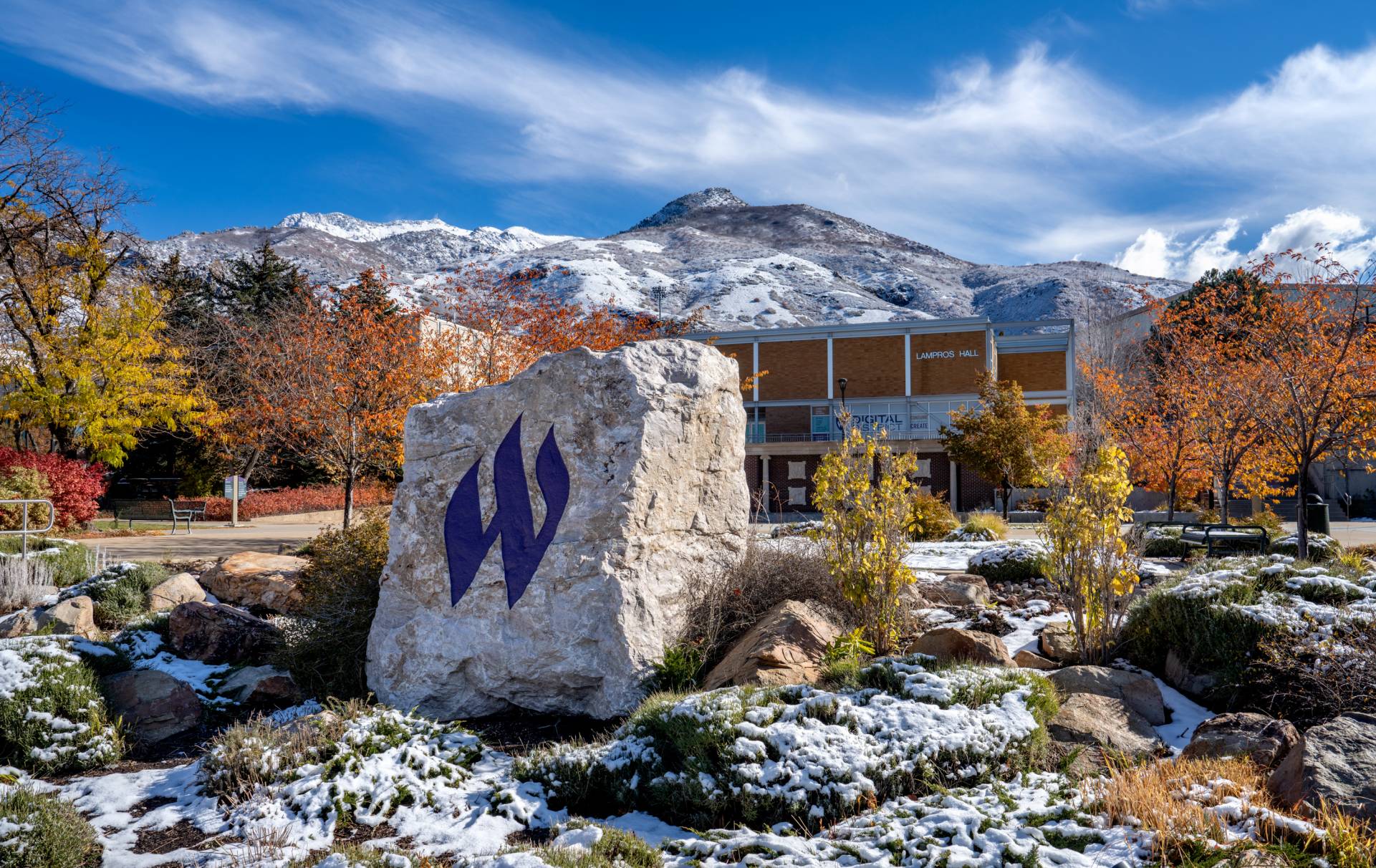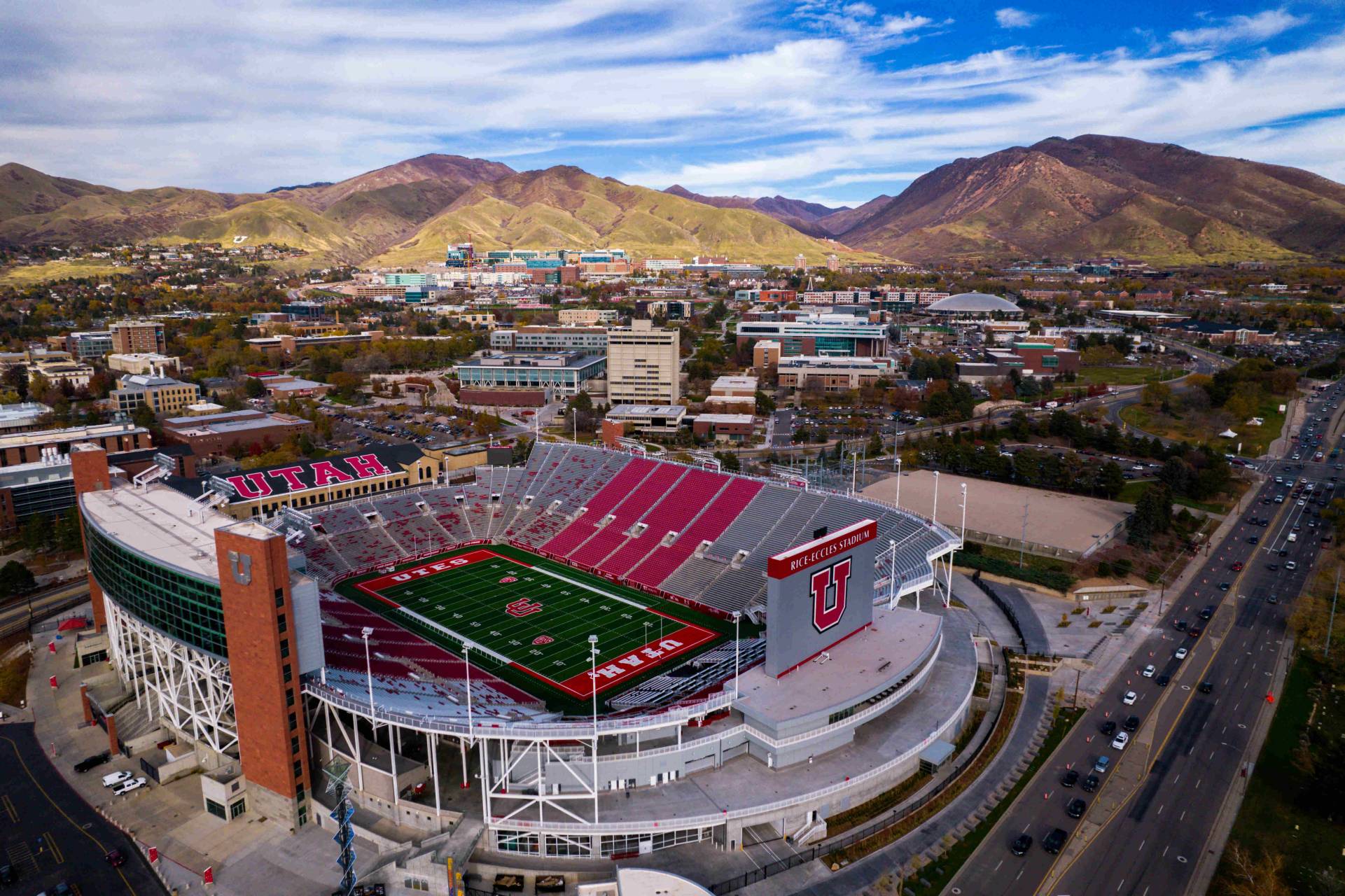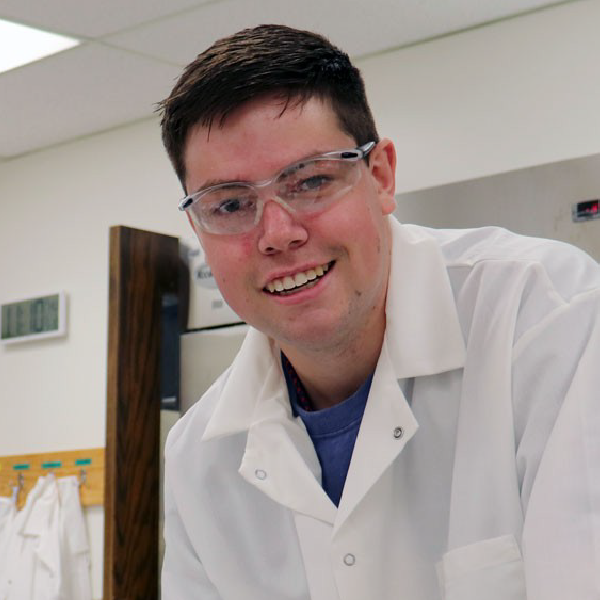Four world-class programs.
Which one is right for you?

Connect with us

Connect with OEHS Pathways Coordinator
These undergraduate programs have partnered to raise awareness about careers in occupational and environmental health and safety (OEHS). The programs are unique but share a core mission: helping students unlock their potential in this field -- which is both essential to the well-being of millions of Americans and offers unlimited professional opportunity. Learn more:
- Brigham Young University: Bachelor's degree in public health with an environmental and occupational health emphasis
- University of Utah: Bachelor's degree in mechanical engineering with an emphasis in ergonomics and safety
- Utah State University: Bachelor's degree in public health with an emphasis in industrial hygiene
- Weber State University: Bachelor's degree in interdisciplinary studies focused on occupational and environmental health and safety
Why Pursue This Career
Perhaps you’ll become an industrial hygienist and design solutions to limit workers’ silica exposures at countertop fabricating companies. Or you’ll be a researcher studying an infectious disease endangering the lives of workers globally. Maybe you’ll be part of a team engineering cutting-edge robotics technology to reinvent the way workers in high-risk industries approach their jobs. Whatever your path, the reasons to pursue a career in OEHS are many, including:
- High Pay: There is massive demand for bachelor's-trained OEHS professionals. According to a 2024 report from the American Industrial Hygiene Association, for instance, OEHS professionals with just a bachelor's degree earned an average base salary of $112,281, rising to $125,894 after bonuses. The average salary for professionals with graduate degrees was even higher.
- Range of Career Opportunities: OEHS encompasses an array of industries, including manufacturing, construction, healthcare, oil and gas, environmental consulting, government agencies, and more. Day-to-day responsibilities can be entirely different depending on the industry, or even the employer, meaning you can find a job tailored to your passions and preferences.
- Improve People’s Lives: Each day in the U.S., an estimated 11,000 workers suffer occupational injuries and 344 die from work-related injuries and illnesses. OEHS professionals reduce these numbers by identifying and addressing workplace hazards, creating a profound effect on workers and their families that ripples through communities across the nation.
After Graduation
You've earned your degree -- now what? That depends on your goals.
- Begin your career: You can have a long, successful career in OEHS with only an undergraduate degree. Additionally, due to the high demand for OEHS professionals, early-career opportunities to rise into management positions are common.
- Further your education: In Utah, the Rocky Mountain Center for Occupational and Environmental Health (RMCOEH), jointly operated by the University of Utah and Weber State University, offers master’s and PhD training in several OEHS disciplines. It is recognized as one of the top centers of its kind in the world, and its graduates often become leaders in their disciplines and are highly sought by employers across the country.
- Pursue medical, dental, or pharmacy school: A bachelor's degree in OEHS is a launching pad into medical, dental, or pharmacy school or a similar path. Not only is the coursework relevant, your degree will ensure you stand out in the competitive application process. There is even a specialty within medicine dedicated to OEHS -- occupational medicine, which is rated as one of the highest specialties in physician job satisfaction.
Minor Offered
Beyond the degree programs detailed above, the University of Utah offers a minor in occupational safety and health that can serve as an entry point to a career or further training.













 © 2025 Rocky Mountain Center for Occupational and Environmental Health
© 2025 Rocky Mountain Center for Occupational and Environmental Health